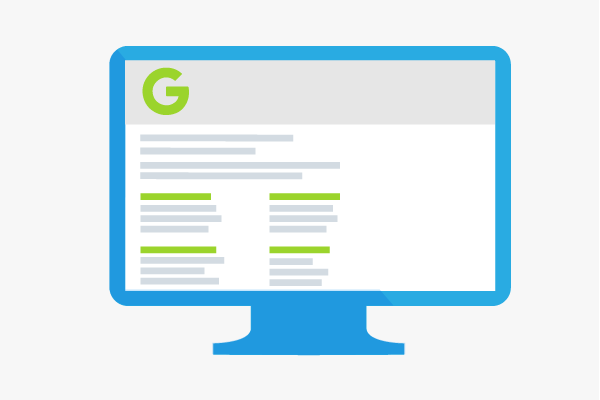Sitelinks
Sitelinks come up in the Google SERPs as additional hyperlinks in the actual search results. Google itself calls those links sitelinks.
Relevance for SEO
Sitelinks pop up for a popular keyword in the physical SERPs and their goal is to show the searching person additional relevant results and to help him or her with the navigation. In general those sitelinks appear with the results in the first place or when typing in a brand. The search engine identifies and generates the sitelinks via a Google algorithm automatically, so website providers can only have a limited influence on the sitelinks in the physical search results. Website-providers can block the sitelinks on unwanted pages e.g. the terms and conditions or imprint via Google Search Console, so pages that don’t offer additional benefit for the user or aren’t helpful with the search word can be excluded. The number of sitelinks per search result vary between three and a maximum of eight sitelinks. According to Google each webmaster should try to get sitelinks because they arouse the trust of the visitor which has a positive impact on the CTR in the search results. As the CTR is one of the important factors for the Google ranking and sitelinks are helpful for the user, webmaster should keep an eye on sitelinks. With sitelinks search results appear more prominent and stand out from the competitors.
Sitelinks Box Search
The sitelinks box search that was launched in september 2014 Google wants to give their user the possibility to browse websites directly in the SERP for relevant content. There are two possibilities. If the affected website has an own site-search function and adds a markup, user can directly look for expressions in the Google SERP on the website. The search-box is placed prominently above the usual sitelinks. But if the specific brand-website has neither an own search-function nor a certain markup, a usual site-request will be generated. Googles official announcement refers to the correct markup (“if you use the right markup...“) [1]
Implementation
If you want users to get to the search results on their own site via the sitelinks search box, an appropriate markup has to be integrated and it has to be asured that the request via sitelinks box should also lead to a regular search URL on the target-page.
Critics
So because of the sitelinks box the highly competitive places in the upper search result position shrinks. At the same time Google reduces brand traffic on relevant sites because of the box. This is because the user is invited to search in the target page via Google result page. So the main traffic stays with the Google-search. Therefore, not only the traffic, but also the length of stay will decrease. For webmasters with big websites on which users can get confused easily, the sitelinks box search can be very useful, because the user can head for a specific page area more aimed from the beginning of the search. However, Google takes away webmasters’ autonomy and motivation to optimize their content for the physical search. Because of the decrease in the length of stay the site could lose significance for Google. Another point of criticism that sitelinks box search only leads to a simple site-request.
Sitelinks with Google AdWords
Sitelinks can not only appear with physical search results, but also with paid results via Google AdWords. Sitelinks can also have a positive impact on Google’s paid area, because they show additional direct links to certain pages that are promoted. So users can reach relevant pages faster this way. In contrast to physical sitelinks the ones from the adverts can be influenced by advertisers. Additionally, AdWords have a higher CTR in average. Sitelinks offer a good possibility to improve the performance of an AdWords-campaign.
References
- ↑ Improved Sitelinks Search Box googlewebmastercentral.blogspot.de. Accessed on 10/06/2014
Web Links

